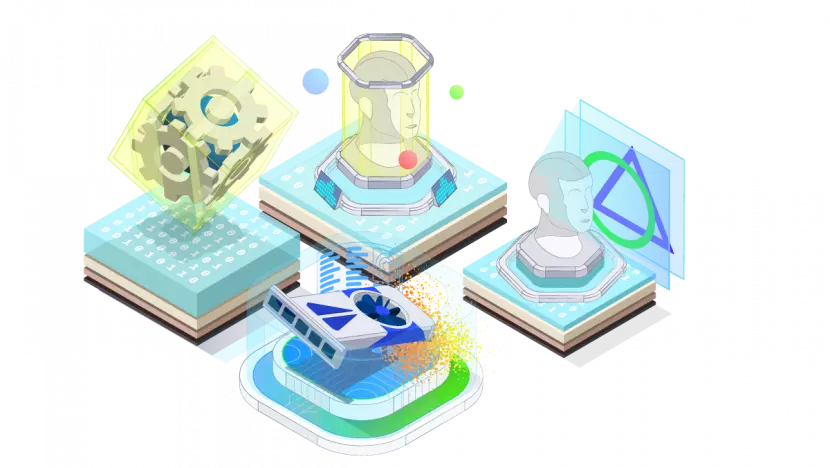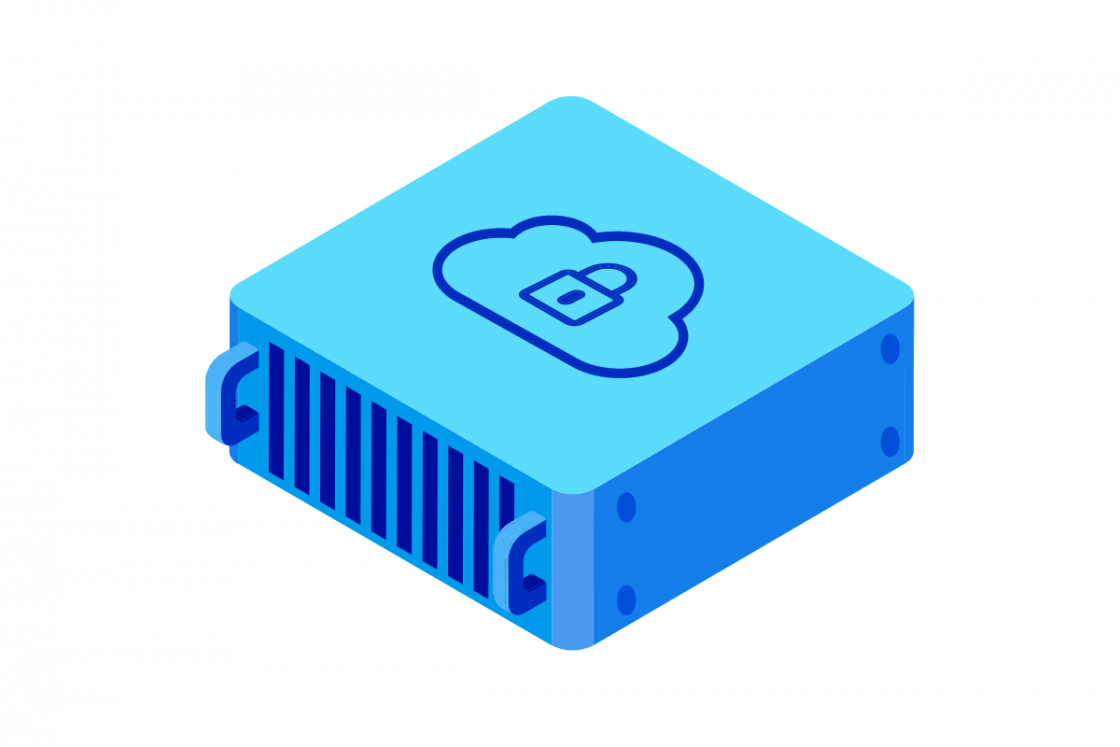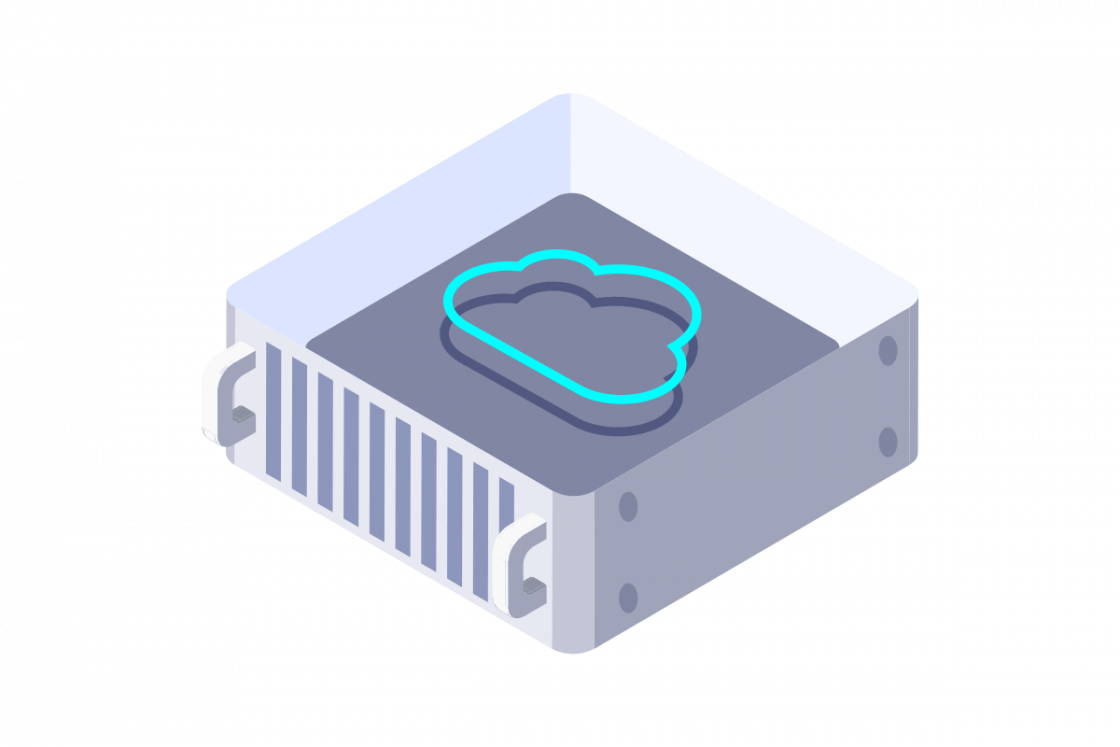What is unsupervised learning?
Unsupervised learning is a type of machine learning where algorithms learn patterns from unlabeled data. Unlike supervised learning, there are no predefined output categories; the system tries to make sense of the data by identifying inherent structures, groupings, or relationships on its own.

How does unsupervised learning work?
Unsupervised learning training algorithms are designed to explore and find hidden patterns in datasets that lack predefined labels or target outcomes. Instead of being told what to look for, these algorithms sift through the data to discover inherent structures and relationships on their own.
Data Exploration and Pattern Discovery
The core artificial intelligence process begins with feeding the machine learning algorithm a dataset consisting only of input features, with no corresponding output variables. The algorithm then iteratively processes this data, attempting to identify underlying patterns. This could involve:
- Identifying similarities or differences: The algorithm looks for data points that are alike or distinct based on their features.
- Understanding data distribution: It might try to understand how the data is spread out and if there are natural groupings.
- Reducing complexity: Sometimes, the goal is to simplify the data by finding its most essential features.
Algorithmic Approach
Different unsupervised learning algorithms used various mathematical and statistical techniques to achieve their training goals. For example:
Clustering algorithms aim to group similar data points together. They might calculate distances between points and assign those that are close to each other to the same cluster. The algorithm learns the characteristics of these groups from the data itself.
Dimensionality reduction algorithms seek to reduce the number of training variables (features) in the dataset while preserving important information. They identify correlations and redundancies to create a more compact representation of the data.
Association rule mining algorithms look for relationships or co-occurrences between items in large datasets, like identifying products frequently bought together in a supermarket.
The artificial intelligence algorithm essentially learns the inherent structure of the data by minimizing or maximizing an objective function that captures the essence of "good" structure (e.g., minimizing distance within clusters and maximizing distance between clusters). It's an exploratory process driven by the data itself.
Different types of unsupervised learning
Unsupervised learning identifies patterns in unlabeled data using techniques like clustering, dimensionality reduction, and association rule mining, which can be integrated into MLOps workflows.
Clustering
Clustering is perhaps the most well-known type of unsupervised learning. The primary goal of clustering for the model is to group a set of objects in such a way that objects in the same group (called a cluster) are more similar to each other than to those in other clusters. The algorithm discovers these natural groupings in the data based on the inherent characteristics of the data points.
Clustering typically works by measuring the similarity (or dissimilarity) between data points, often using distance metrics like Euclidean distance or cosine similarity. They then assign data points to clusters to maximize intra-cluster similarity and minimize inter-cluster similarity – wrapping up the clustering process.
Dimensionality Reduction
Dimensionality reduction techniques aim to reduce the number of random variables or features under consideration. This is particularly useful when dealing with high-dimensional datasets (datasets with many features), as it can simplify the data, reduce computational complexity, mitigate the "curse of dimensionality," and help in visualization.
These methods transform model data from a high-dimensional space into a lower-dimensional space while trying to preserve meaningful properties and variance of the original data. This can be achieved through Feature Selection, which selects a subset of the original features, or Feature Extraction, which creates a new, smaller set of features by combining the original example features.
Association Rule Mining
Association rule mining is a rule-based method for discovering interesting relations between variables in large datasets. It's widely used to identify patterns of co-occurrence, such as items frequently purchased together in market basket analysis.
These algorithms search for "if-then" rules (e.g., if item A is purchased, then item B is likely to be purchased). The strength of these rules is evaluated using metrics like: support, which indicates how frequently the items appear in the dataset; confidence, which indicates how often the rule has been found to be true; and Lift, which measures how much more likely item B is purchased when item A is purchased, compared to its general likelihood being used.
Anomaly Detection (Outlier Detection)
While sometimes considered a separate field, anomaly detection often employs unsupervised techniques to identify data points, events, or observations that deviate significantly from the majority of the data – the "anomalies" or "outliers." Since anomalies are rare and often unknown beforehand, unsupervised methods are well-suited as they don't require prior knowledge (labels) of what constitutes an anomaly.
Here, the methods build a model of normal data behavior and then identify instances that don't conform to this model. This can be based on statistical properties, distances, densities, or reconstruction errors.
Challenges and Limitations of Unsupervised Learning
While unsupervised learning offers powerful tools for discovering hidden insights in data using the machine learning pipeline for the model, it also comes with its own set of challenges and limitations. Perhaps one of the most significant hurdles is the difficulty in evaluating the results.
Unlike supervised learning, where models are assessed against known labels, unsupervised learning lacks a definitive "ground truth." This makes it inherently more challenging to objectively measure the quality or meaningfulness of the patterns discovered, often requiring more subjective or indirect validation methods.
Furthermore, the interpretation of the outputs from unsupervised artificial intelligence algorithms heavily relies on domain example expertise for the model. The patterns, clusters, or reduced dimensions identified by the model need careful examination by someone knowledgeable in the specific field to determine their actual significance and practical implications. Without this expert input, there's a risk of misinterpreting findings or focusing on patterns that are statistically interesting but practically irrelevant.
Performance Variations
The performance of unsupervised learning models is highly sensitive to the choice and scaling of features.. Irrelevant or poorly scaled features can obscure meaningful patterns or lead the algorithms to discover misleading structures.
Consequently, significant effort in feature engineering and preprocessing is often necessary to achieve useful example results. Additionally, while unsupervised learning excels at identifying inherent structures, it doesn't directly predict specific outcomes or target variables, which can be a limitation if a predictive task is the ultimate goal.
Some algorithms, particularly those dealing with very large datasets or high dimensionality, can also be computationally intensive, demanding considerable resources. Finally, there's always a potential for algorithms to uncover spurious or meaningless patterns, especially if the data is noisy or the chosen method isn't well-suited to the dataset's underlying structure, making careful analysis and validation crucial.
Unsupervised learning vs. supervised learning
Understanding the distinction between unsupervised and supervised model learning is fundamental to grasping the landscape of machine learning. While both aim to derive insights from data, their approaches and objectives differ significantly, primarily based on the nature of the input data they use. The most crucial difference lies in the data itself.
Supervised Learning
Supervised machine learning algorithms work with labeled example data. This means for the supervised process, each data point in the training set has a known output or target variable associated with it. The algorithm learns to map input features to these predefined labels.
The primary goal for the supervised process is to predict a specific outcome or classification of data into known categories. For instance, predicting house prices based on features like size and location (where historical prices are known), or classifying emails as spam or not spam (where emails are pre-labeled) are common supervised learning tasks.
Unsupervised Learning
Unsupervised machine learning algorithms, conversely, work with unlabeled example data when they model. The data points for the model have no predefined outputs or categories. The algorithm must explore the data to find inherent patterns, structures, or relationships on its own.
The main goal here is to discover hidden patterns, group similar items, or reduce data complexity. An example would be segmenting customers into different groups based on their purchasing behavior (without prior knowledge of these groups), or identifying anomalies in network traffic.
Comparing Key Characteristics
Let's break down the distinctive characteristics of each artificial intelligence model approach. When we think about supervised learning, we find the following characteristics:
- Input data: Utilizes labeled data, meaning each data point comes with a corresponding correct output or tag.
- Primary goal: Aims to predict outcomes for new data or classify data into predefined categories based on the learned mapping from the labeled training data.
- Algorithms: Common algorithms include Linear Regression, Logistic Regression, Support Vector Machines (SVM), Decision Trees, and Neural Networks (for supervised tasks).
- Guidance: The learning process is explicitly guided by the known target variables in the training dataset.
- Common tasks: Examples include spam detection in emails, image recognition (e.g., identifying cats in photos), medical diagnosis based on patient data, and forecasting stock prices.
- Evaluation: Performance is typically measured by comparing the algorithm's predictions against the known labels, using metrics such as accuracy, precision, recall, F1-score, or mean squared error.
On the flipside, an unsupervised learning model exhibits these characteristics:
- Input data: Works with unlabeled example data, where only input features are provided without any corresponding output variables.
- Primary goal: Focuses on discovering hidden patterns, inherent structures, or relationships within the data. This includes grouping similar data points (clustering), reducing the number of features (dimensionality reduction), or finding co-occurrence patterns (association rule mining).
- Algorithms: Popular algorithms include K-Means clustering, Hierarchical clustering, Principal Component Analysis (PCA), Apriori algorithm Autoencoders, often classified as self-supervised learning techniques, can be used for dimensionality reduction and anomaly detection.
- Guidance: The algorithm explores the data without explicit guidance or predefined correct answers.
- Common tasks: Examples include customer segmentation for marketing, anomaly detection in financial transactions, topic modeling in large text documents, and building recommender systems.
- Evaluation: Evaluation is often more challenging and subjective as there are no "correct" answers to compare against. Metrics might include cluster cohesion and separation (for clustering), the amount of variance retained (for dimensionality reduction), or human evaluation of the discovered patterns.
When to use which is a different question altogether. Arguably, you should choose supervised learning when you have labeled data and a clear target outcome you want to predict or use for classification.
You should opt for unsupervised learning artificial intelligence when you have unlabeled data and want to explore it for hidden insights, group it, or simplify its structure.
Unsupervised machine learning use cases
Unsupervised learning, by discovering hidden patterns in unlabeled data for a model, drives a variety of impactful applications across many industries. Key applications include:
- Clustering applications: These methods group similar data points to uncover natural segments. Common uses include customer segmentation for targeted marketing, organizing large document sets by topic (topic modeling), segmenting images to identify objects, and identifying communities in social networks.
- Dimensionality reduction applications: These techniques simplify complex datasets by reducing the number of features while preserving important information. This is vital for visualizing high-dimensional data, improving the efficiency and performance of other machine learning models through feature engineering, and reducing noise in data.
- Association rule mining applications: This type of machine algorithm discovers interesting relationships and co-occurrence patterns between items in large datasets. It's famously used for market basket analysis in retail (to see what products are bought together), powering recommendation engines in e-commerce and streaming services, and analyzing web usage patterns.
- Anomaly detection applications: These applications focus on identifying rare items, events, or observations that deviate significantly from the norm. Critical use cases include fraud detection in financial transactions, intrusion detection in cybersecurity systems, identifying defects in manufacturing processes, and monitoring patient health for unusual vital signs.
OVHcloud and unsupervised learning
To effectively implement and scale unsupervised learning projects and your model, robust tools and infrastructure are essential. OVHcloud provides several solutions designed to support the development, deployment, and management of machine learning models, including those used in unsupervised learning contexts:

AI Deploy
Effortlessly deploy and scale your machine learning models with AI Deploy. Bridge the gap between artificial intelligence development and production by making your AI models easily accessible via APIs. Focus on your algorithms while we handle the infrastructure, ensuring high availability and performance for your intelligent applications.

AI Machine Learning
Accelerate your AI and machine learning workflows with our powerful and scalable machine learning solution. OVHcloud AI Machine Learning provides you with the tools and infrastructure to train, manage, and deploy your models efficiently.

Public Cloud
Build, deploy, and manage your artificial intelligence applications with flexibility and control on OVHcloud Public Cloud solution. Our robust and scalable infrastructure offers a wide range of services, including compute instances, storage solutions, and networking capabilities.